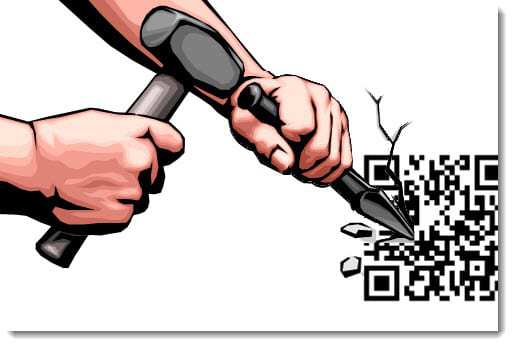An argument has arisen with regards to who can give the nod to quick response codes on grave markers.
As the trend of using QR codes on gravestones in order to make it possible to provide visitors to cemeteries with an opportunity to learn more about the people who are buried there, has reached a French community of almost 100,000 people, located near Belgium, called Tourcoing, and this technology has brought a great deal of controversy along with it.
At the start of the arguments has been who actually has the authority to give the approval or reject their use.
As it does have to do with markers that are meant to help to memorialize deceased community members, this issue of QR codes is a delicate one and it extends beyond the simple application of a smartphone friendly barcode. The issue began when the mayor wrote a question to the Ministry of the Interior in order to help to provide greater clarification to the issue of using new technologies in cemeteries, with respect to current trends that were occurring around the world as well as in other parts of France.
Offers were starting to be made by many companies to be able to add QR codes to gravestones in cemeteries.
 The quick response codes make it possible for people to memorialize those they have lost by adding biographies, photos, comments, and even videos of the deceased to a webpage that can be accessed over mobile devices when the QR code on the gravestone is scanned.
The quick response codes make it possible for people to memorialize those they have lost by adding biographies, photos, comments, and even videos of the deceased to a webpage that can be accessed over mobile devices when the QR code on the gravestone is scanned.
That said, making this type of addition to a gravestone involves a range of different legal issues, particularly when it comes to obtaining approval to use them in this way, in the first place. The issue was placed in the spotlight when the Minister of the Interior, Bernard Cazaneuve, stated that it would be difficult to state that the mayor should have the right to approve this type of tech use, because it extends beyond the application of the barcode to the gravestone.
Cazaneuve pointed out that it would be impossible for the mayor to keep control over compliance with the law in terms of the “dignity” of the place (particularly in terms of avoiding any use of advertising and other displays that are banned in cemeteries), as changes can be remotely made to the memorial web pages.
At the moment, the only thing that remains clear in this debate over the use of QR codes is that it is far from being over.
